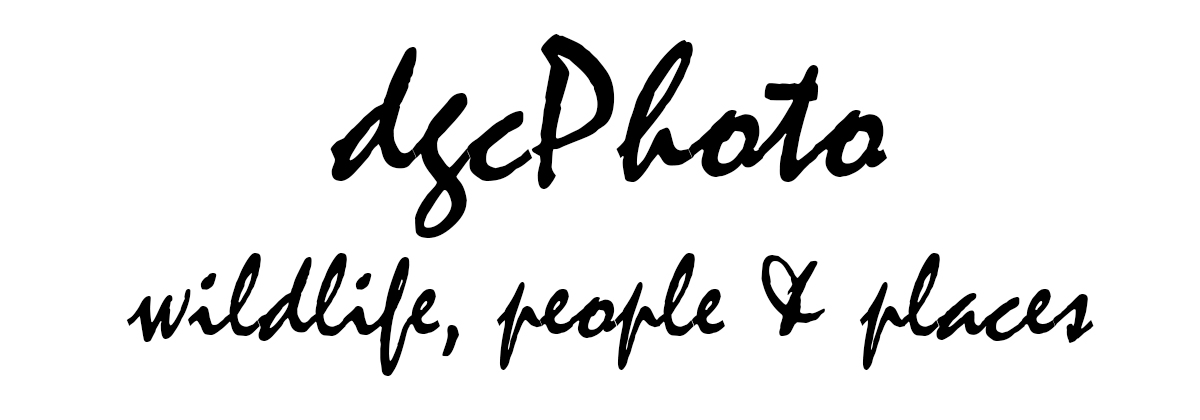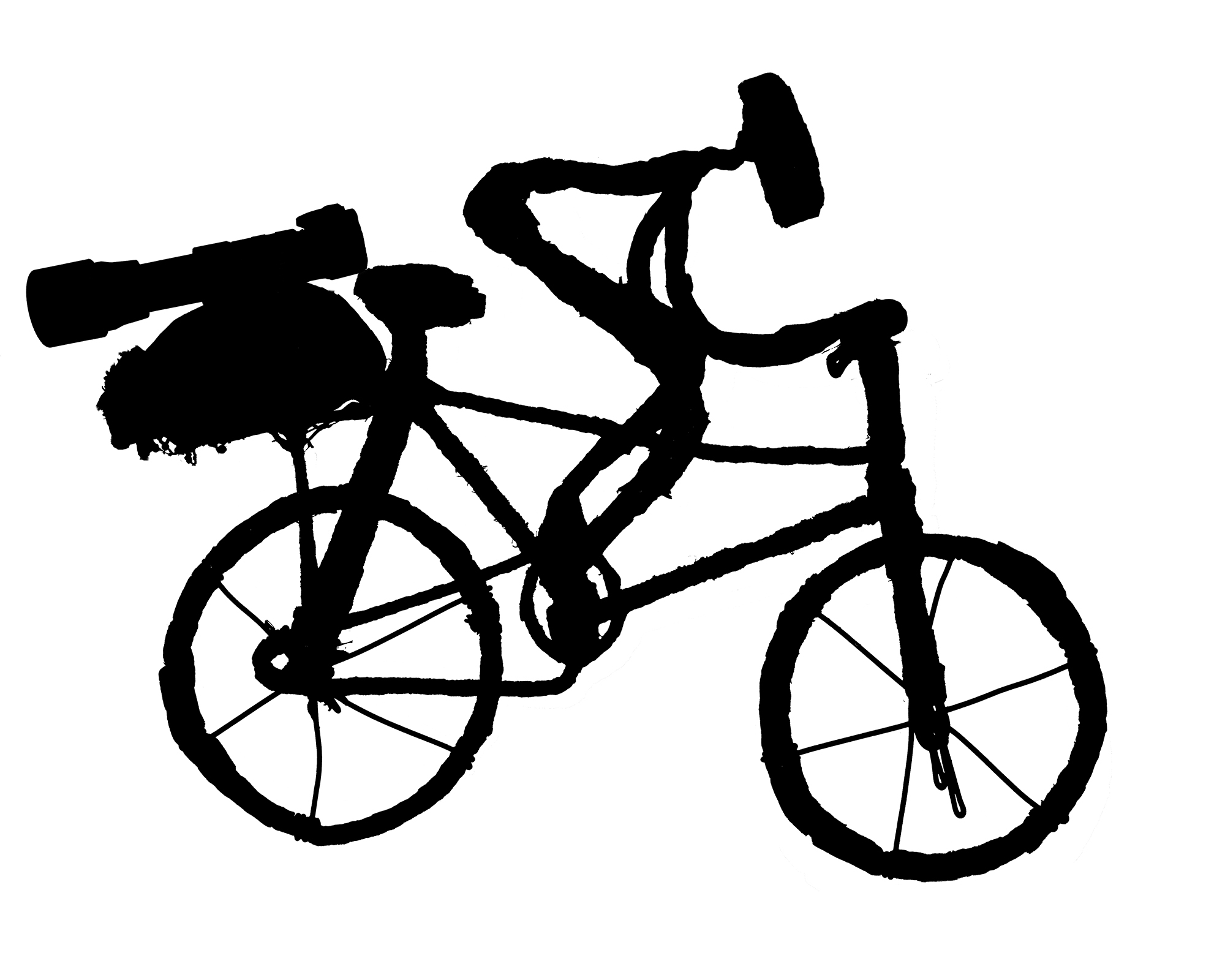by David Clarke | Jul 19, 2012 | All, Dubai, Places
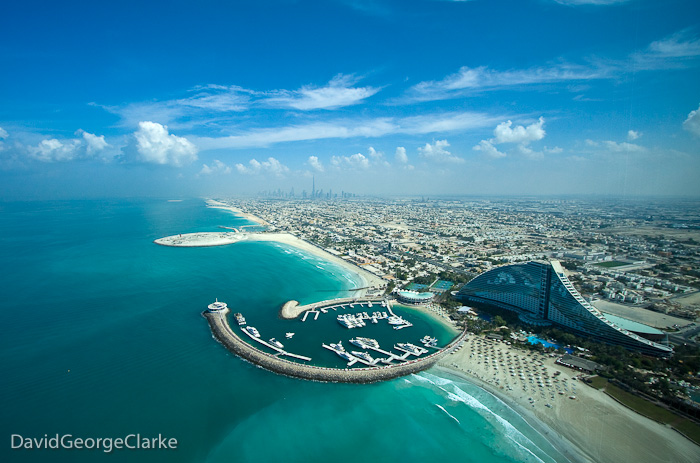
Dubai is a city of superlatives – highest, biggest, largest, most etc. This shot, looking along the coast towards downtown Dubai, was taken on an unusually clear day in November 2008 from the Skyview Bar of the Burj Al Arab hotel (a building itself brimming with superlatives). On the horizon, about 20km away, can be seen the then still-to-be-completed Burj Dubai soaring over 800 metres into the sky (burj is ‘tower’ in Arabic). At some 162 storeys, it dwarfs the mere 60-storey blocks around it!
In the forground is the Jumeirah Beach Hotel and the 360 bar at the end of the causeway.
Canon 40D with 10-22mm EFS lens at 10mm; ISO 200 f10 1/250. Bit of colour temperature adjustment on PS since the shot was taken through tinted glass.
[socialring]
by David Clarke | Jul 18, 2012 | African Birds, All, Kenya
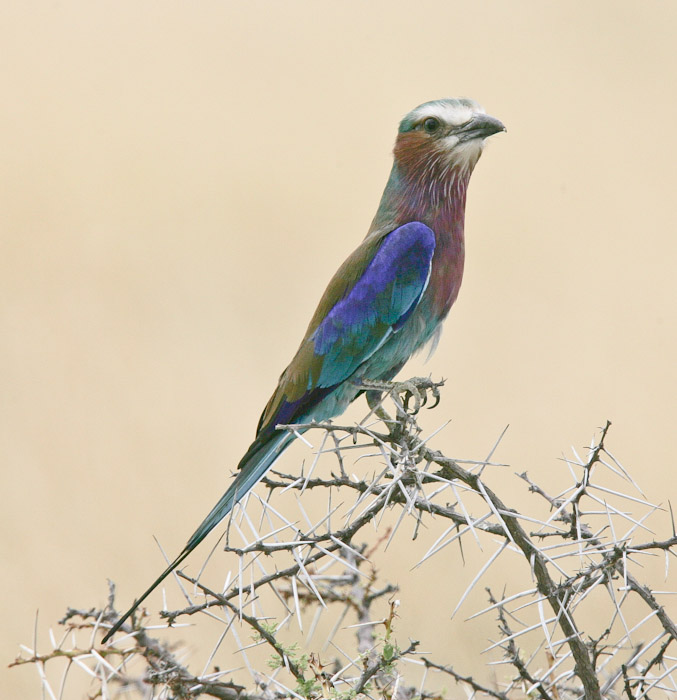
I had stopped to take some shots of the white-throated bee-eater shown on another page when this lilac-breasted roller (Coracias caudata) decided to get in on the action. He chased away the bee-eater and then clearly very aware of exactly how to pose, he positioned himself on the thorn bush, lifted one claw into a classic Victorian drawing-room stance and angled his head to look into the middle distance. He allowed me half a dozen frames before flying off, satisfied that I had captured his best side.
Photographed in Buffalo Springs, Samburu, Kenya, 13 April 2012
Canon 1DMkII with Canon 300mm f2.8L IS lens and a Canon 1.4 extender.
ISO 200 420mm f9 at 1/1000
[socialring]
by David Clarke | Jul 17, 2012 | African Birds, All, Kenya
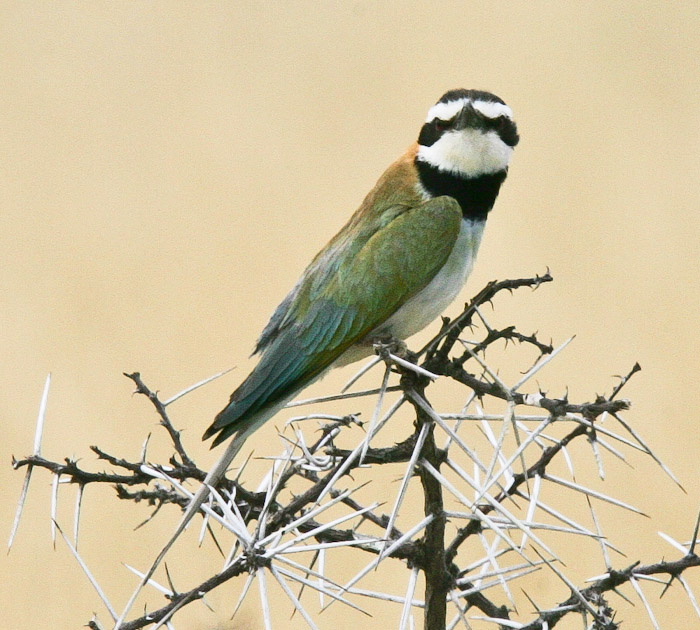
This inquisitive white-throated bee eater (Merops albicollis) had checked out his surroundings and then eye-balled me to make sure that he approved of the camera and lens. He was so engrossed that he didn’t see a lilac-breasted roller who wanted to be centre stage bearing down on him. He was evicted in a flurry of feathers and the roller got his way.
Photographed in Buffalo Springs, Samburu, Kenya on 13 April 2012
Canon 1DMkII with bee-eater approved Canon 300mm f2.8L IS lens and 1.4 extender.
ISO200 420mm f9 at 1/1000
[socialring]
by David Clarke | Jul 16, 2012 | All, Kenya, People
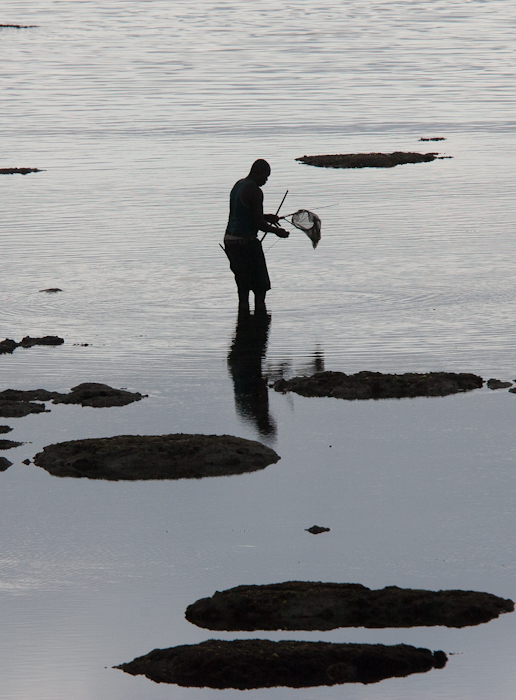
At low tide on the reef all along the Kenyan coast, huge numbers of fishermen make their living searching for shellfish and reef fish. This patient man was pictured at Mtwapa a little north of Mombasa.
Canon 1D MkII with Canon 300mm f2.8L IS lens and Canon 1.4 extender.
ISO 500 1/8000 at f6.3
[socialring]
by David Clarke | Jun 30, 2012 | All, Kenya, Places
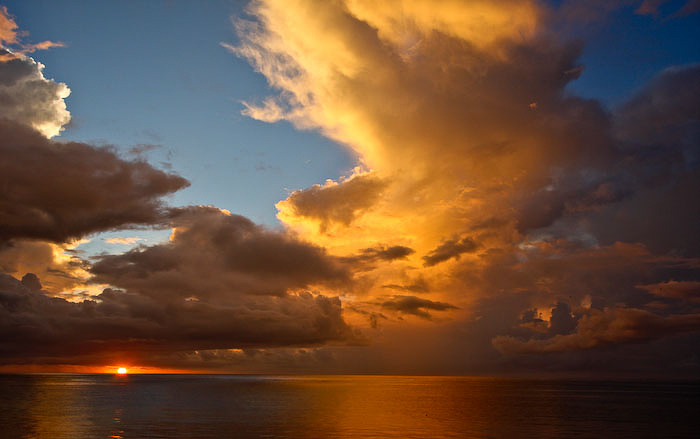
The sun rising out of the Indian Ocean at the beginning of the rainy season is breathtakingly beautiful. Over a twenty minute period before the sun appears, the sky is a subtle and ever-changing display of greys and silver, tinged with increasingly dramatic hues of red, orange and blue as the growing light plays on the clouds. Then the sun itself moves dramatically into view, adding its own brilliance to the scene.
This shot was taken at 6.28 a.m. on 21 March 2010 at Mtwapa beach, near Mombasa, Kenya.
Canon EOS 40D with Canon 10-22mm EFS lens at 22mm; ISO 200 f10 1/100
[socialring]
by David Clarke | Jun 23, 2012 | African Birds, All, Kenya
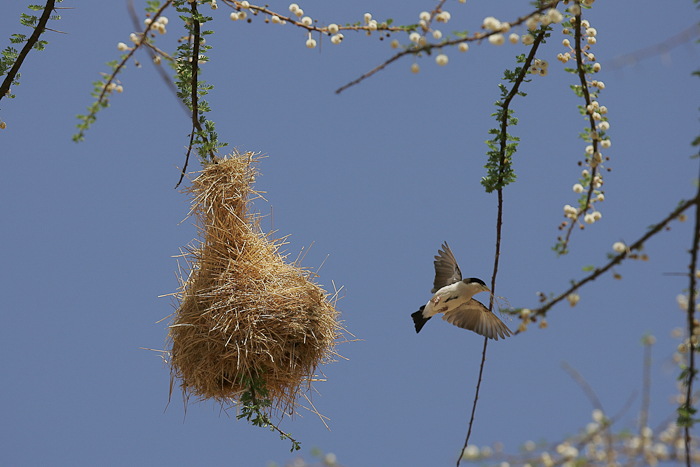
The Social-Weavers (Genus Pseudonigrita) are a different genus from True Weavers (Genus Ploceus), but apart from their colouring – true weavers are mainly predominantly yellow – the social-weavers seem to exhibit similar behaviour. According to Stevenson & Fanshawe’s excellent book, Birds of East Africa, the Social-Weavers are small birds (4.5″ – 5″) which occur in large flocks, often feeding together on the ground. Their nests are tightly woven balls of grass which hang from the very ends of the the thinnest branches of large trees, often hundreds of pairs breeding together. The sexes are alike.
The Black-capped Social-Weaver (Pseudonigrita cabanisi) is a ‘small attractive weaver with a black cap and tail contrasting with a brown back and wings, a white bill with a greenish tinge, and red eyes. White below with black streaks on flanks and belly. Flocks inhabit drier country than the Grey-capped Social-Weaver from 200-1300m, including quite arid areas if large trees are present for breeding.‘
I spotted this fellow on a trip to Buffalo Springs Game Reserve, Samburu, Kenya. He was one of many busily constructing their nests in a tree that was overflowing with nests. The shot shows him leaving the nest with some sort of grassy or flowery stem in his beak. Having arrived with it and considered it, he flew away with it again. Presumably, it didn’t match the decor.
Canon EOS 1DMkII with Canon 300mm f2.8L IS lens, ISO 200 f4.5 1/2500
[socialring]

